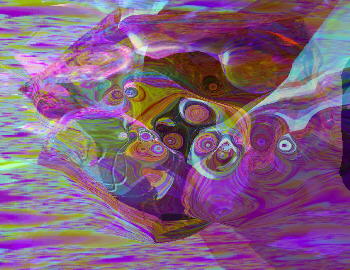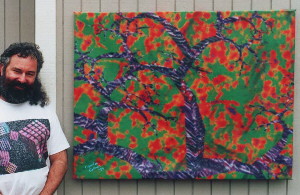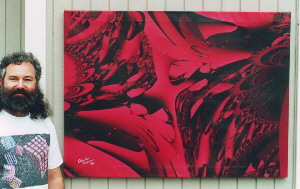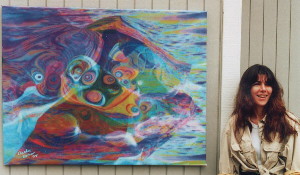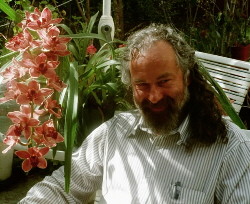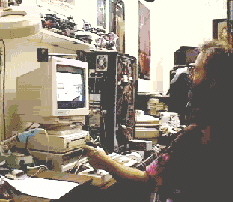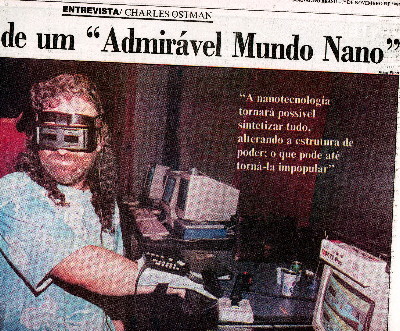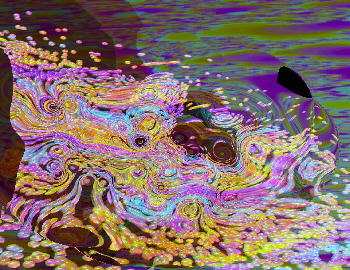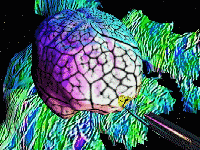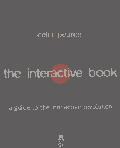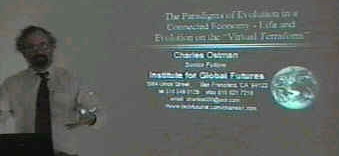I don't "draw art" . . . I grow it
Much of my work, as a "procedural" artist, has been devoted to exploring the aesthetic linkages between the psycho-dynamics of emotional cuing, as per the forms, structures, and textures of nature, and the state of mind that such content invokes.
I often refer to this aesthetic linkage capacity in terms of "invocation of rapture" potential, of which nature tends to invoke the highest response. My interest has been in the creation of synthetic environments in which alternative forms of nature can be "spawned", explored, and formed as an aesthetic medium.
As a design strategy, I propose that we, the human species, have been deliberately "programmed" to respond to the aesthetic content inherent in nature, with a depth of emotional engagement which transcends logical lexicon or reasoned response. This may be in part due to the fact that the human species is the only lifeform which currently possesses the ability cause considerable affect to the planetary life support capacity, and therefore we are collectively imbued with this nature induced "invocation of rapture" factor indexed to its highest subliminal potential, as a protectionary mechanism
I visualize a world in which the aesthetic and behavioral attributes encountered on the virtual terraform, in whatever domain or environment may be represented therein, is not confined to merely a recreation of "common" humanoid related environments or participants. The very essense of access to virtual environments represents the potential for encountering experiences, lifeforms, and aesthetic content not possibly accessable via any other means.
Just as there is aesthetic content to be discovered and observed in the nature of the "real" world, there is also unlimited potential asthetic content in the "alternative" nature of "virtual worlds". The creation of virtual worlds, or for that matter, virtual universes, can encompass any range of spatial or temporal domains, ranging from the inifinitely immense, such as a model of the known universe, to the atomic and molecular scale of a theoretical "nanoworld".
Though my background is rooted in the world of science, particularly in the arenas of physics, astrobiology, nanotechnology, and related arenas of interest, I have for many years also been intrigued by the aesthetics of nature, at all scales, ranging from the molecular to cosmological.
